Inadequate design, certification, maintenance and inspection process for Titan are being blamed for the loss of life on OceanGate’s submersible which imploded during a June 2023 dive to the Titanic, killing five people.
A report by the US Coast Guard Marine Board of Investigation (MBI) on the loss of the submersible cites other factors, including a toxic workplace culture at OceanGate, an inadequate domestic and international regulatory framework for submersible operations and vessels of novel design, and an ineffective whistleblower process under the Seaman’s Protection Act.
According to Jason Neubauer, Titan MBI chair:
“There is a need for stronger oversight and clear options for operators who are exploring new concepts outside of the existing regulatory framework.”
OceanGate’s failure to follow established engineering protocols for safety, testing, and maintenance of its submersible, was the primary causal factor of the implosion, reads the report. Proper corporate governance, a professional workplace culture, and improved regulatory oversight, in particular for novel vessel designs and operations, is needed.
For several years before the incident, OceanGate used intimidation tactics. It strategically created and exploited regulatory confusion and oversight challenges. It leveraged its favourable reputation to evade regulatory scrutiny.
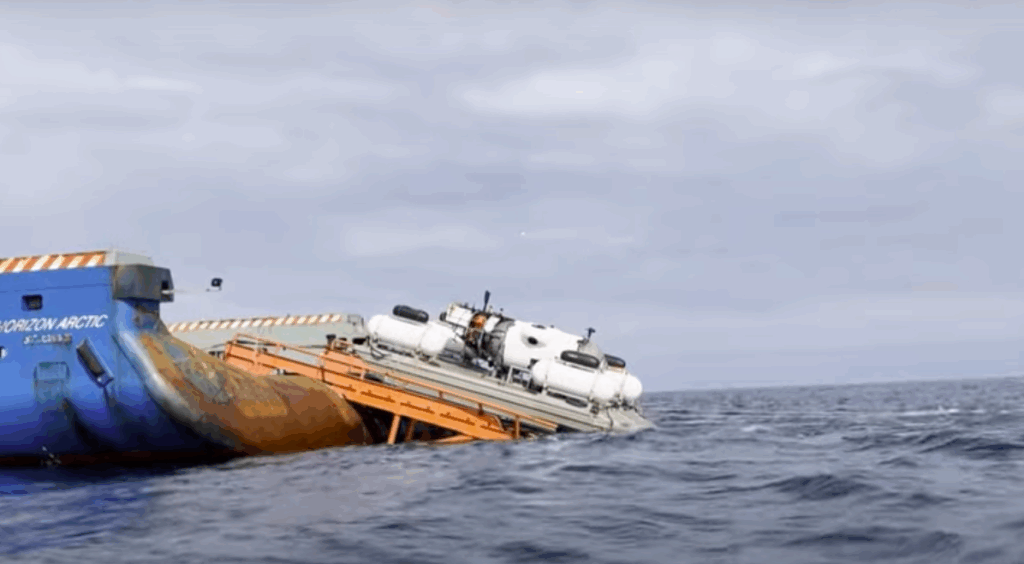
In 2024, video footage from the US Coast Guard revealed the wreckage of the Titan submersible, including its tail cone, resting on the ocean floor.
Operating outside of deep-sea protocols
OceanGate was ultimately able to operate Titan completely outside of the established deep-sea protocols, continues the report. Historically, there had been a strong safety record for commercial submersibles. The company’s CEO completely ignored vital inspections, data analyses, and preventative maintenance procedures because there was no third-party oversight or experienced OceanGate employees on staff during the 2023 operations. This culminated in the catastrophic event.
Next steps after the Titan submersible implosion report
MBI’s report is now under review by the commandant of the coastguard. Upon completion of the review, the commandant will confirm any actions to be pursued.
The 300+-page report (available to read online) includes 17 safety recommendations aimed at strengthening oversight of submersible operations, improving coordination among federal agencies and closing gaps in international maritime policy.
“This marine casualty and the loss of five lives was preventable. The two-year investigation has identified multiple contributing factors that led to this tragedy, providing valuable lessons learned to prevent a future occurrence,” Neubauer continues.
“I am optimistic the report’s findings and recommendations will help improve awareness of the risks and the importance of proper oversight while still providing a pathway for innovation.”
Recommendations for submersibles
MBI recommendations include restricting the Oceanographic Research Vessel designations for submersibles, expanding federal and international requirements to all submersibles conducting scientific or commercial dives and requiring coastguard documentation for all US submersibles. The board also recommended adding capacity at coastguard headquarters to support new construction oversight and field inspections involving submersibles and vessels of novel design.
There’s also mention of requiring operators to submit dive and emergency response plans to the local coastguard officer in charge, marine inspection; evaluating the coastguard’s subsea search and rescue capabilities; and working with the International Maritime Organisation to define passenger submersibles and expand international safety requirements for submersibles operating on the high seas.
The board also called for a new Occupational Safety and Health Administration and coastguard agreement to clarify whistleblower investigative protocols and improve interagency coordination.
The damning conclusions about Titan’s implosion
OceanGate failed to properly investigate and address known hull anomalies following its 2022 Titanic expedition, says the report. Titan’s real-time monitoring system generated data that should have been analysed and acted on during the 2022 expedition. However, OceanGate did not take any action related to the data, conduct any preventative maintenance or properly store the Titan during the extended off season before its 2023 Titanic expedition.
Shocking list of causal factors that led to implosion of Titan
At approximately 10:47 on 18 June 2023, Titan’s carbon fibre hull lost structural integrity, causing the sudden catastrophic implosion of the hull. Following the implosion, the five individuals aboard were exposed to approximately 4,930 pounds per square inch of water pressure, resulting in the instantaneous death of all five occupants.
MBI’s primary causal factors that directly contributed to the implosion are listed below.
- OceanGate’s design and testing processes for Titan did not adequately address many of the fundamental engineering principles that would be crucial for constructing a hull to the precision necessary for the intended operations in an inherently hazardous environment.
- OceanGate did not ensure an analysis was conducted to understand the expected cycle life of Titan’s hull.
- OceanGate’s had an excessive reliance on a real-time monitoring system to assess the condition of Titan’s carbon fibre hull. It failed to conduct a meaningful analysis of the data provided by the system.
- OceanGate’s continued to use Titan after a series of incidents that compromised the integrity of the hull and other critical components of the submersible without properly assessing or inspecting the hull.
- Titan’s carbon fibre hull design and construction, in terms of winding, curing, gluing, thickness of hull and manufacturing standards, introduced flaws that weakened the overall structural integrity of Titan’s hull.
- OceanGate failed to conduct a detailed investigation after Titan experienced mishaps that negatively impacted its hull and components during dives conducted prior to the incident.
- OceanGate’s toxic workplace environment used firings of senior staff members and the looming threat of being fired to dissuade employees and contractors from expressing safety concerns.
- OceanGate failed to conduct preventative maintenance on Titan’s hull or protect it from the elements during the extended offseason layup period ahead of the 2023 Titanic Expedition.
Other contributing causal factors
- OceanGate’s safety culture and operational practices were critically flawed and at the core of these failures were glaring disparities between its written safety protocols and its actual practices.
- OceanGate’s CEO’s sustained efforts to misrepresent Titan as indestructible due to unconfirmed safety margins and alleged conformance with advanced engineering principles provided a false sense of safety for passengers and regulators.
- OceanGate’s senior leaders fostered an organisational culture that allowed mounting financial shortfalls, customer expectations, and operational demands to be prioritised over the mission director’s authorities and responsibilities for each Titanic dive.
- There is a lack of comprehensive and effective regulations for the oversight and operation of manned submersibles and vessels of novel design that are constructed and/or operated in the United States and its navigable waterways.
The investigation also determined that the absence of a timely Occupational Safety and Health Administration investigation into a 2018 OceanGate whistleblower’s complaint — combined with a lack of effective communication and coordination between the Occupational Safety and Health Administration and the US Coast Guard regarding Seaman’s Protection Act protocols — was a missed opportunity for potential early government intervention ahead of OceanGate’s planned testing of the first Titan hull. Early intervention may have resulted in OceanGate pursuing regulatory compliance or abandoning its plans for Titanic expeditions.
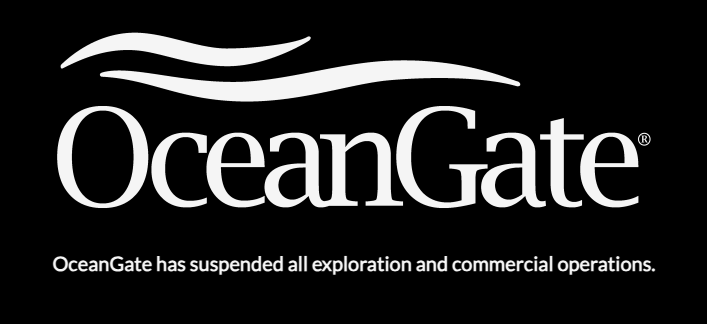
The post Damning report on Titan implosion: inadequate design, inadequate regulations & toxic workplace appeared first on Marine Industry News.
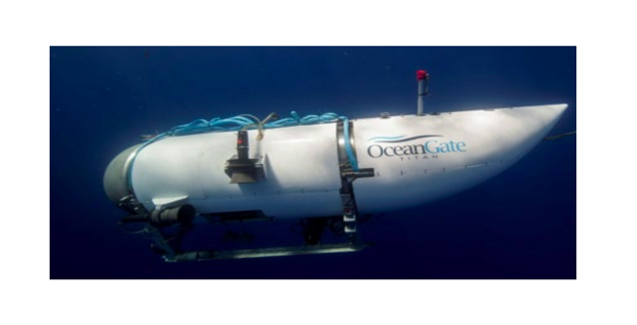
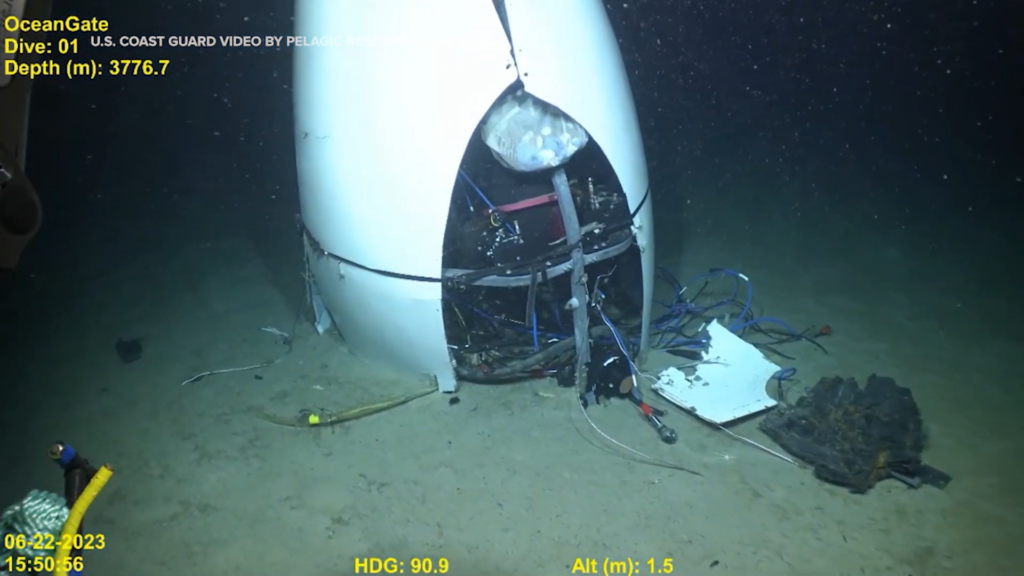
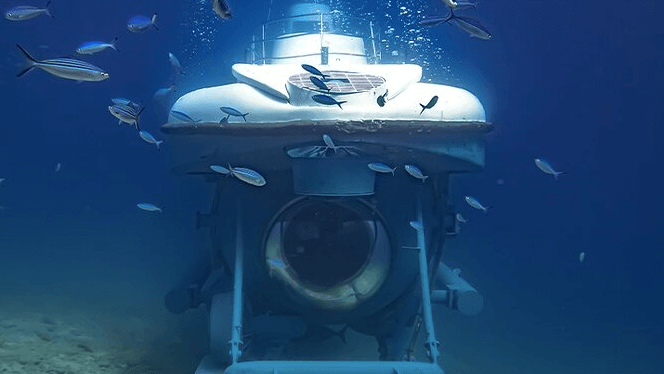

Leave a Reply